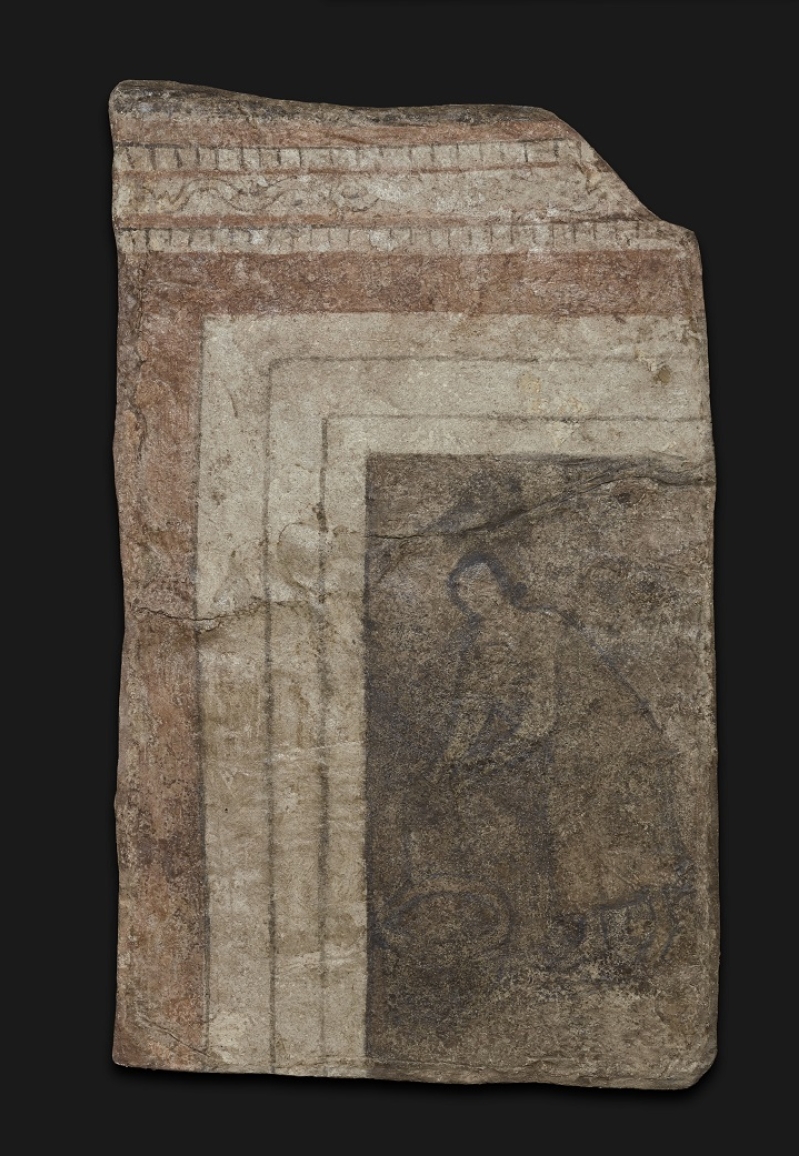
Archaeologists may have identified the oldest depiction of Mary, the mother of Jesus. The drawing was found on a wall of what is considered as the oldest Christian church, which lies in the city of Dura-Europos in Syria.
Today, the area is occupied by the terror group ISIS, raising fears that the church could be destroyed already. Fortunately, Yale University was able to extract some walls of the church long before ISIS took hold of the area, and these, along with the drawing of the woman, are now displayed at the Yale University Art Gallery, according to Aleteia.
The oldest Christian church was actually a house church, just like those described in the New Testament. Before Constantine declared that Christians should be allowed to worship freely, churches met in houses. The ancient church, for example, was a small house where at most 60 people could fit and meet for worship.
According to Vatican Insider, the house's top floor was private, while the ground floor was where the Christians gathered together. The walls of the house church gave clues as to its function, with frescoes depicting the Good Shepherd and scenes like Jesus and Peter walking on water.
On a wall of this house church, archaeologists found the drawing of a woman holding a pitcher and standing near a well. For many years, experts believed the drawing depicted the Samaritan woman who talked to Jesus near Jacob's well, which is described in the book of John.
However, Bible scholar Mary Joan Winn Leith presented another possibility: the woman in the drawing could be Mary, the mother of Jesus, at the time when the angel Gabriel appeared to her and announced the Incarnation, a biblical event the Catholic Church calls the Annunciation, an article from Biblical Archaeology said.
Leith based her theory on an idea first presented by scholar Michael Peppard, who argued the drawing depicted the Annunciation from the apocryphal Gospel of James, not from the book of Luke.
The Gospel of James describes the story when Mary "took the pitcher and went forth to fill it with water and lo! a voice saying, 'Hail thou that art highly favored, the Lord is with thee, blessed art thou among women.' And she looked around on the right and on the left to see from where this voice could have come."
Leith added that one of the things that remains uncertain is how the early church viewed Mary.
"Mary's status in Christianity only became official in 431 when the Council of Ephesus awarded her the title Theotokos, 'the one who gives birth to God.' Information about Mary's significance before then, whether visual or textual, is surprisingly sparse, but archaeology has supplied some helpful clues," Leith wrote.
Sadly, some questions may no longer be answered because of the damages and looting that have destroyed Dura-Europos.







